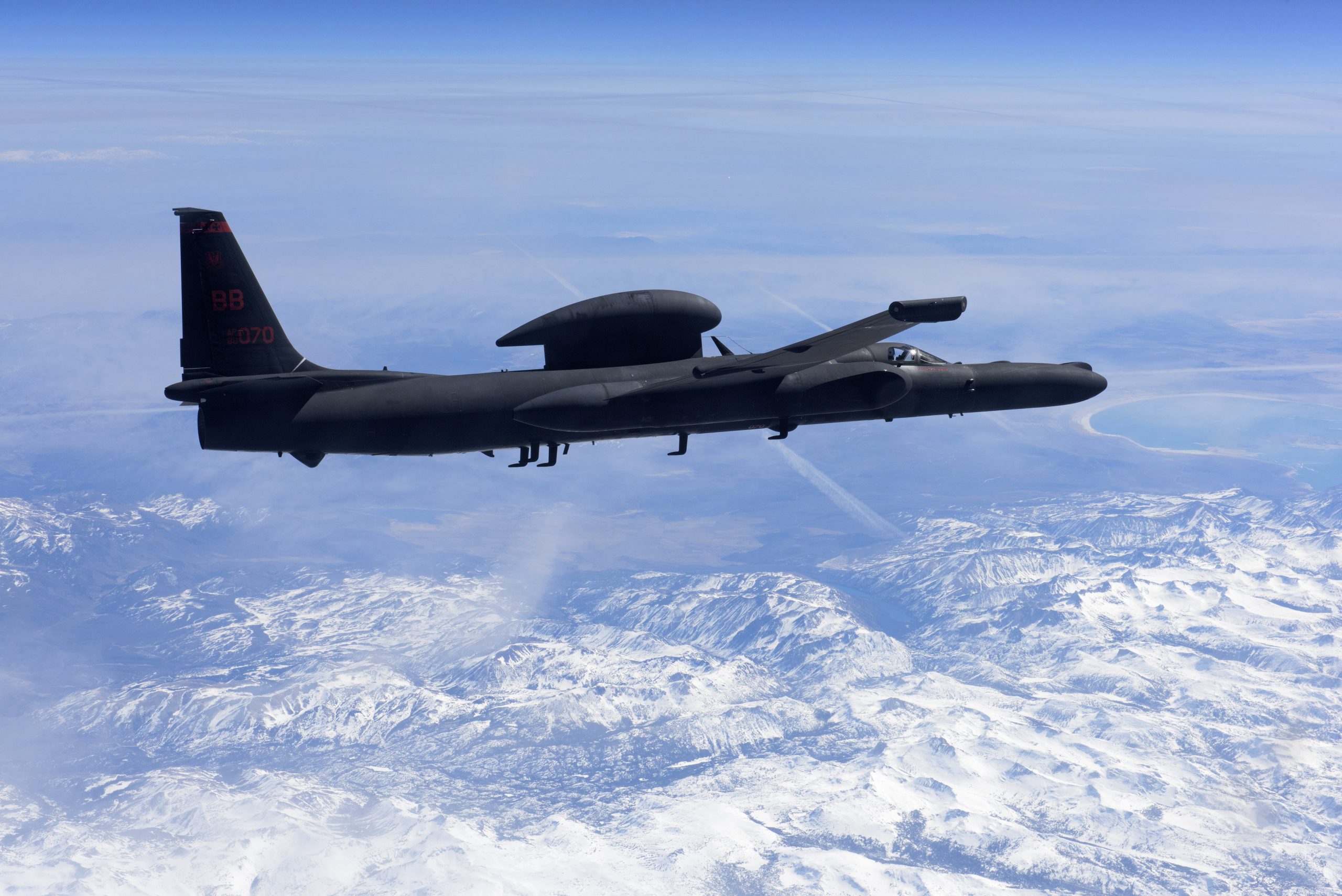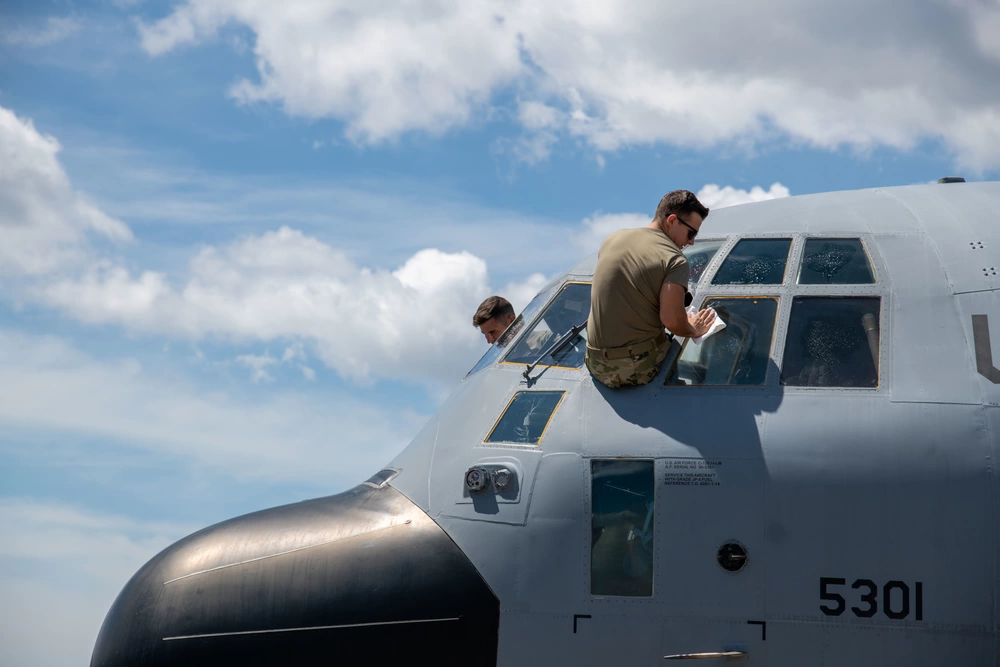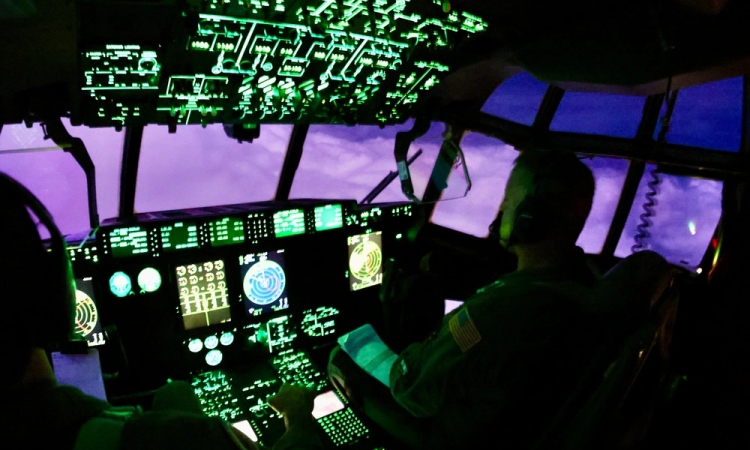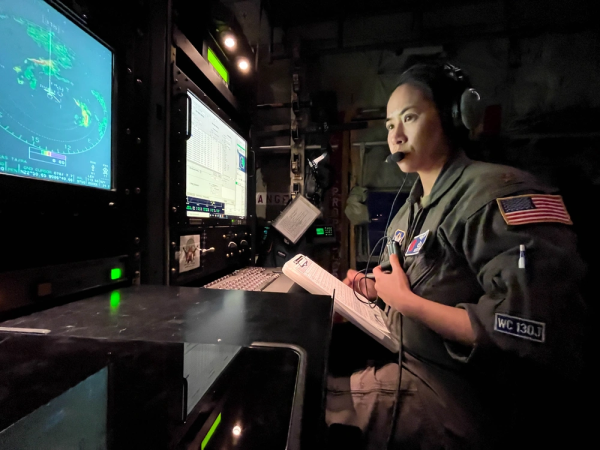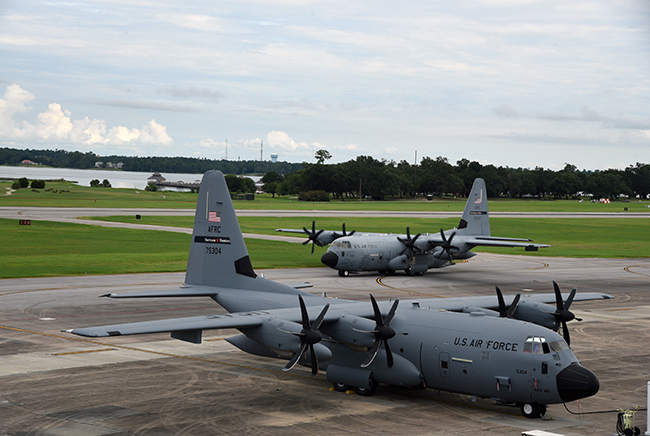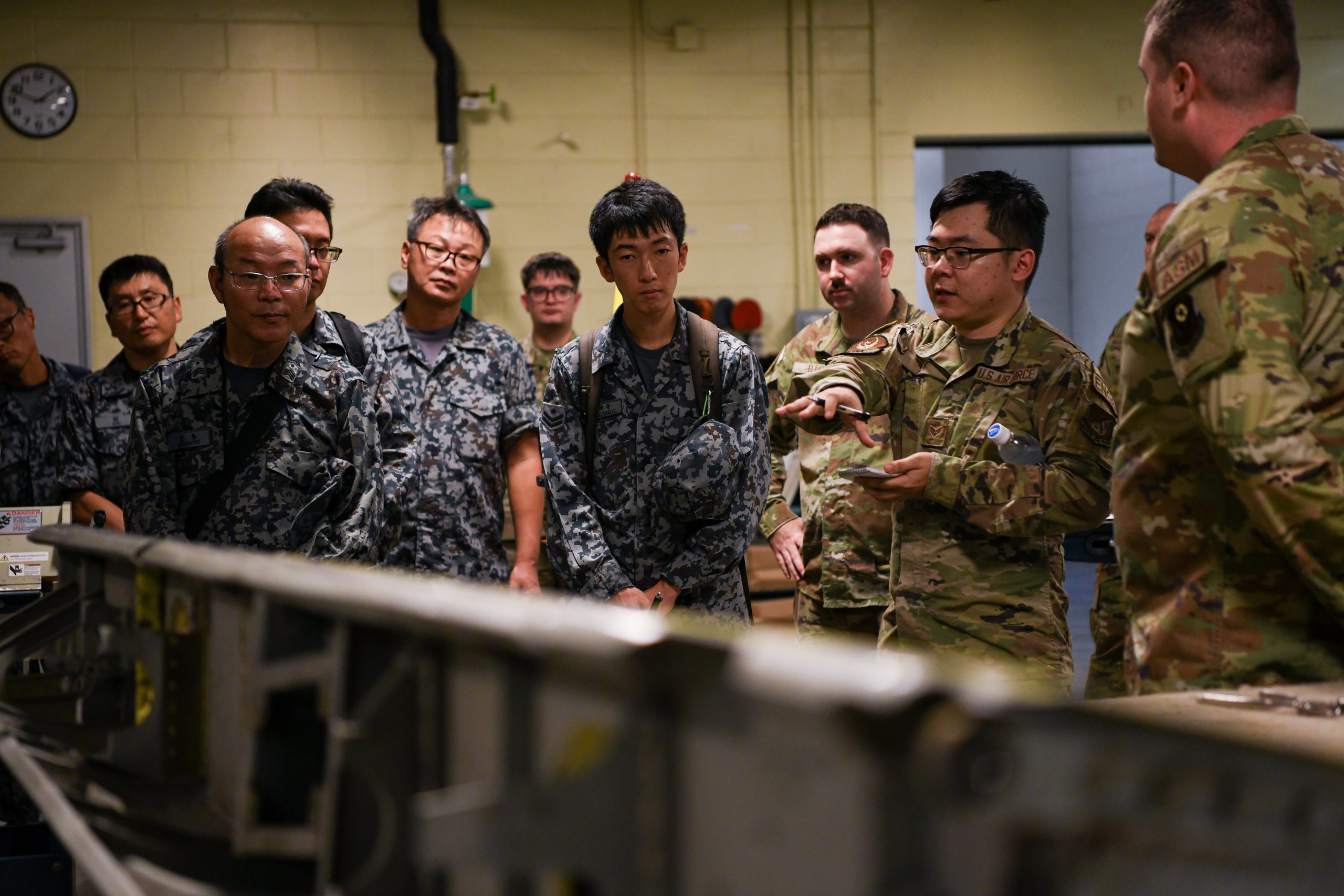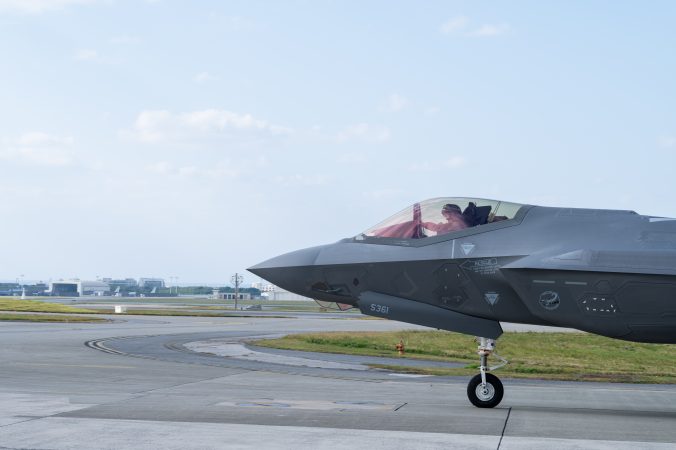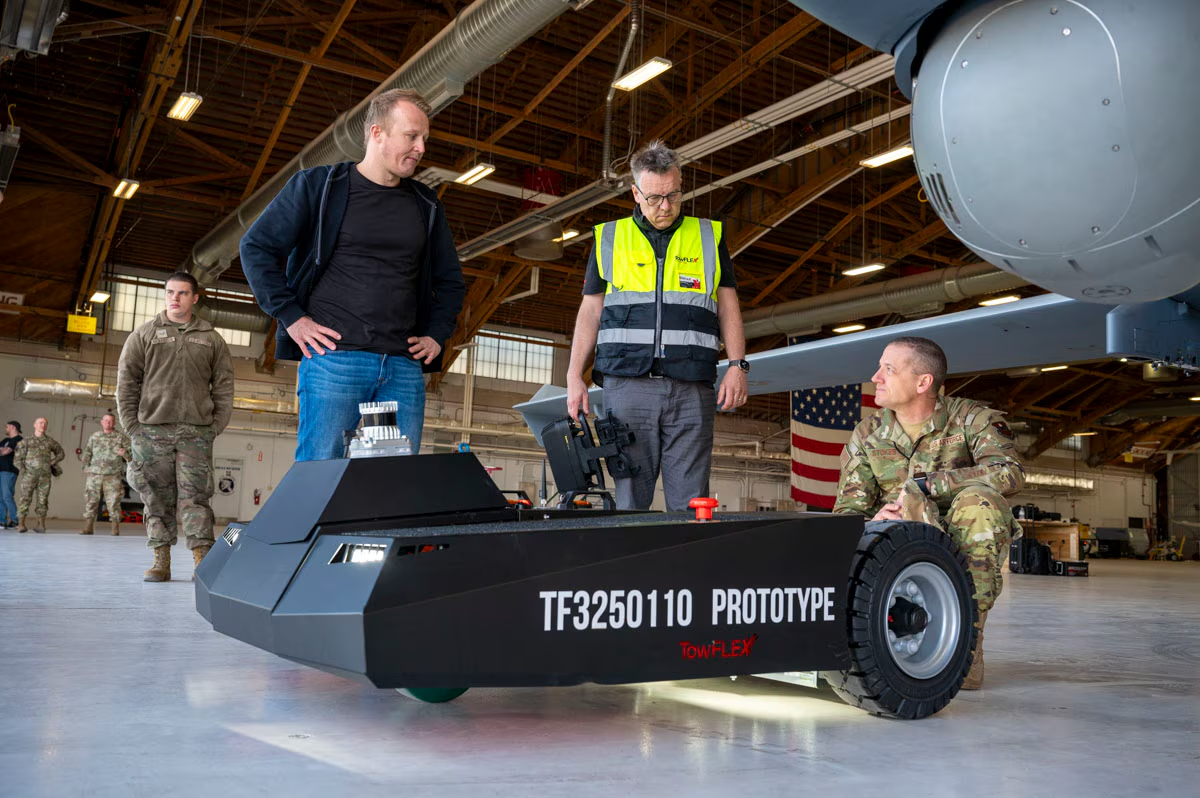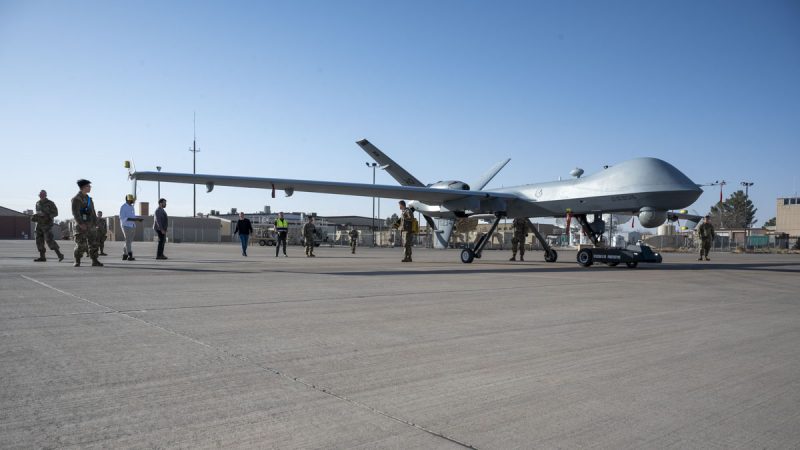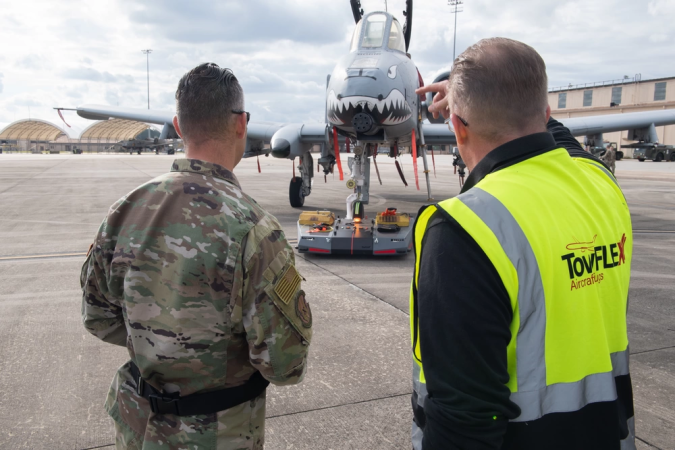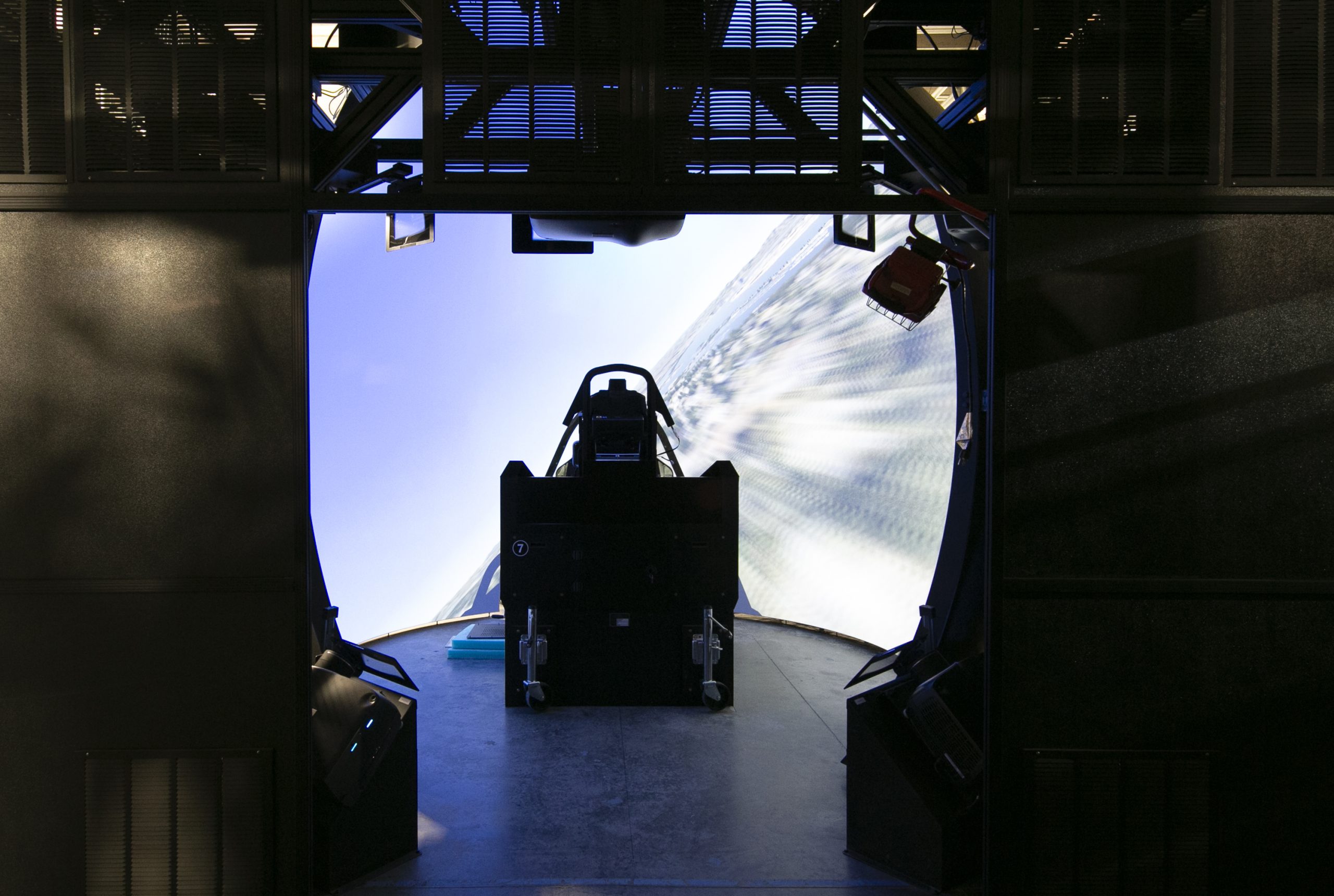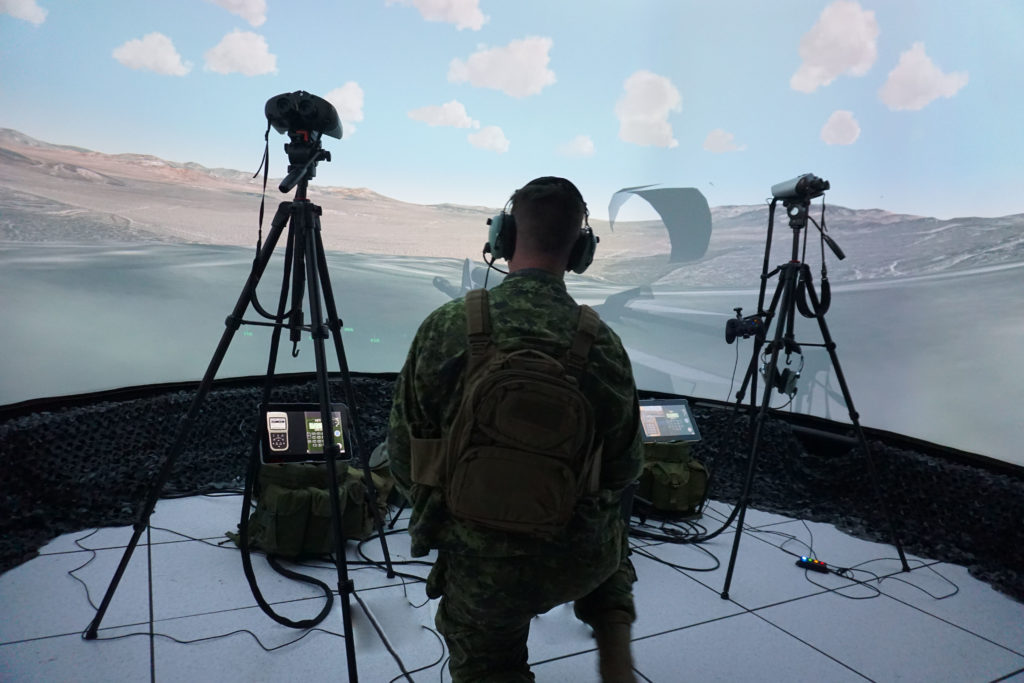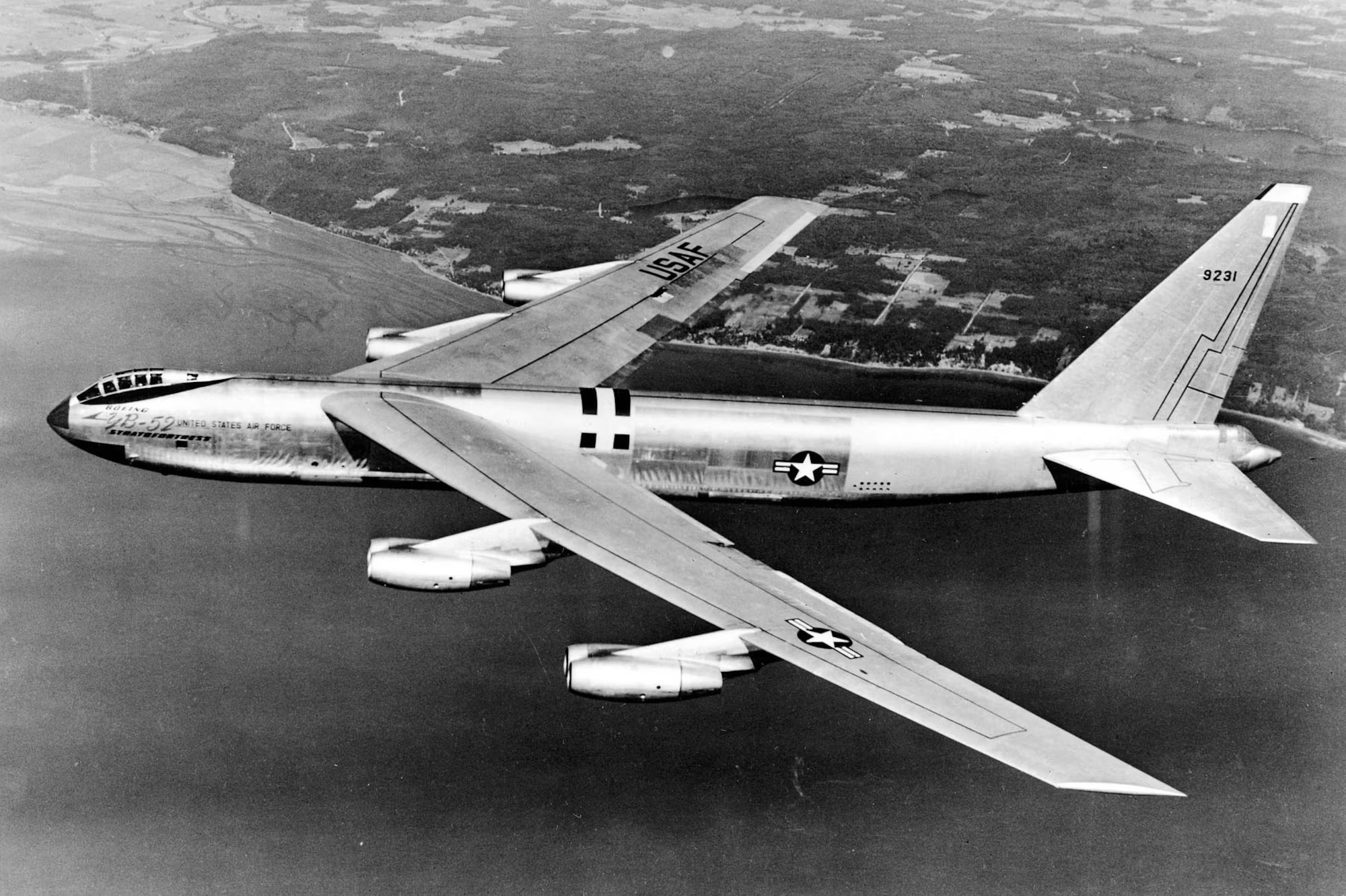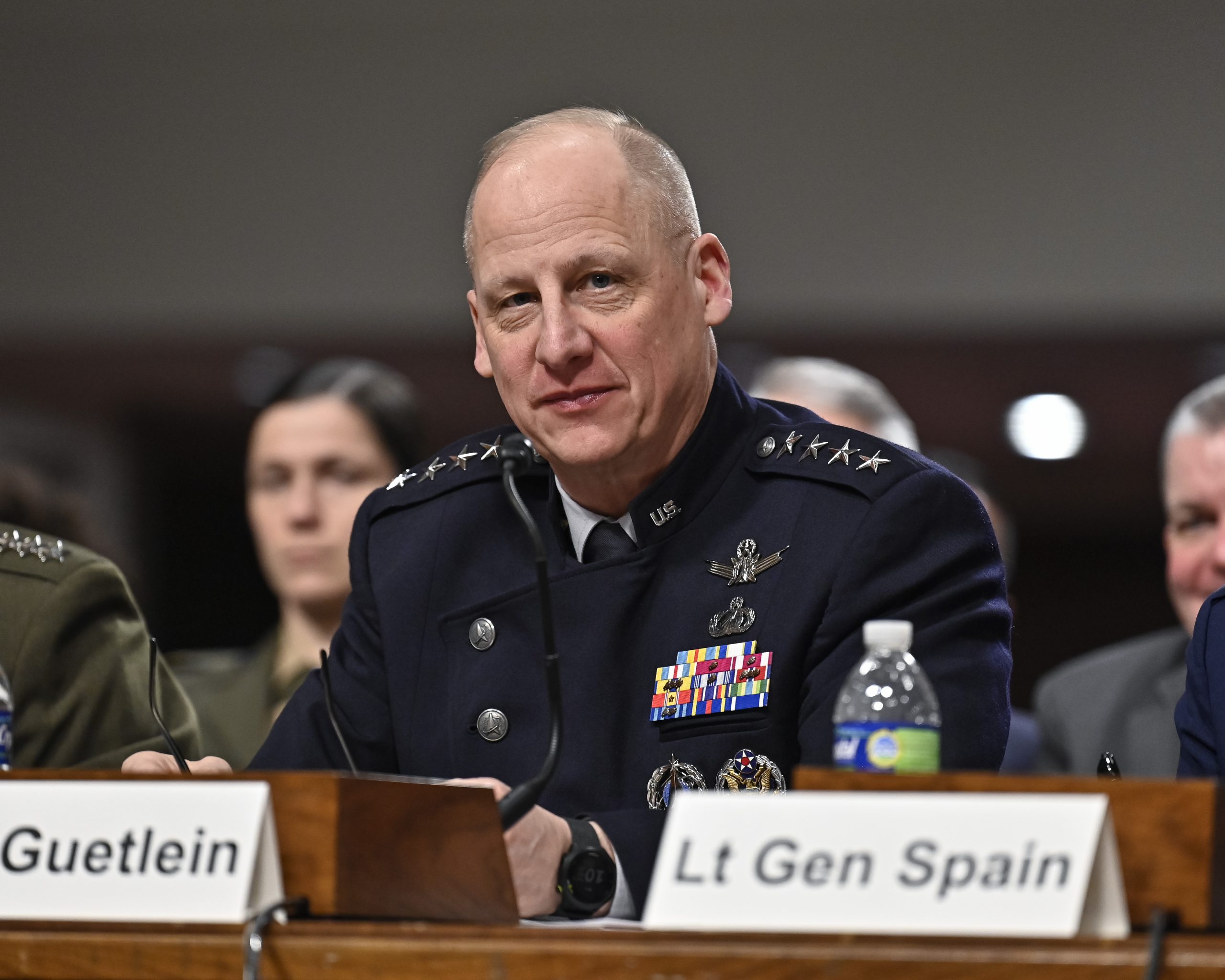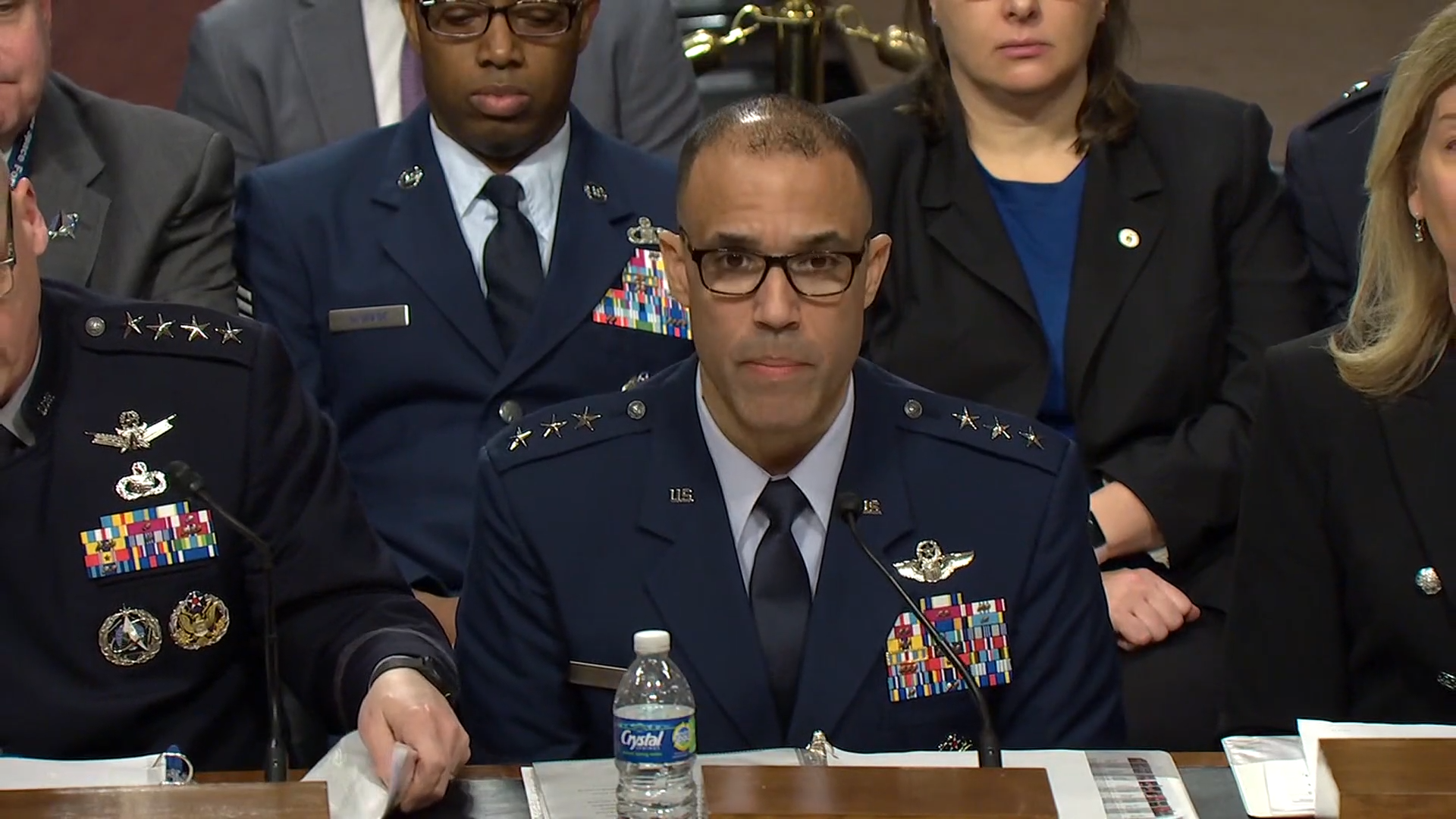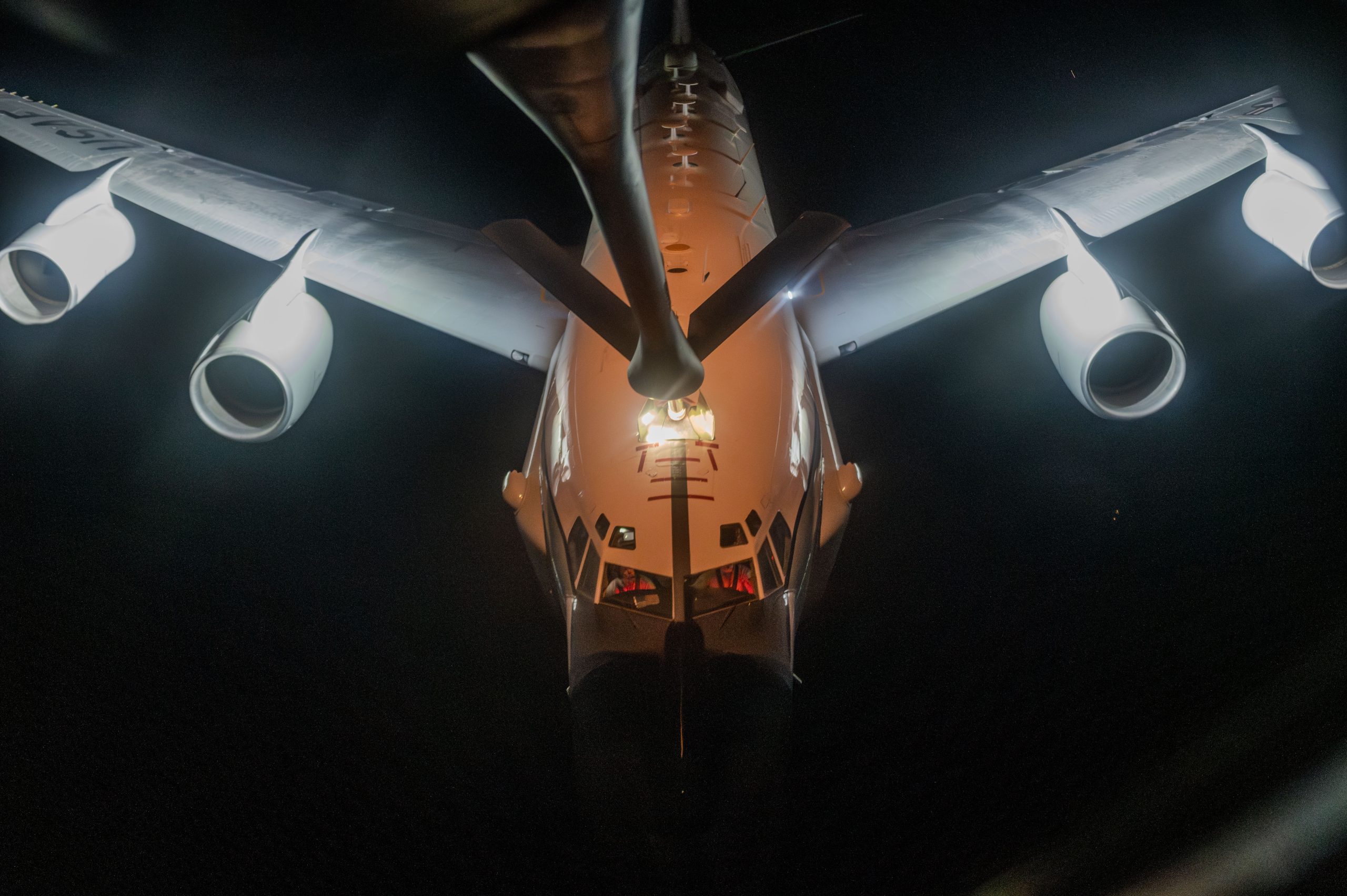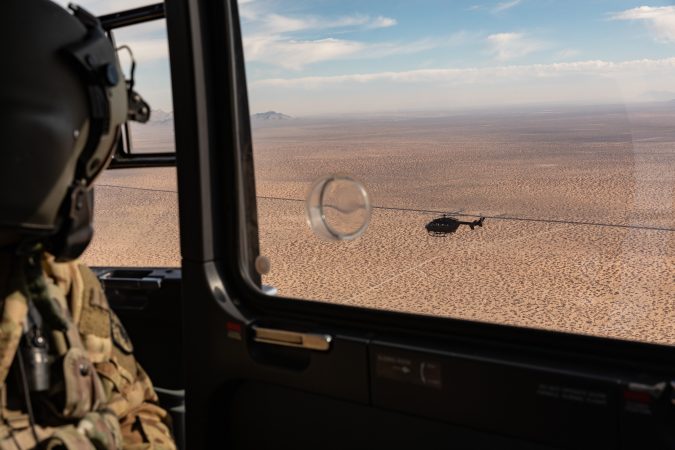U.S. Air Force U-2 Dragon Lady spy planes are flying along the southern border, Air Force and defense officials disclosed.
The high-altitude reconnaissance planes are flying missions along with RC-135 Rivet Joint signals intelligence aircraft and drones, Air Force Chief of Staff Gen. David W. Allvin said in a post on the social media site X March 14.
Allvin wrote that the U-2, RC-135, and remotely piloted aircraft “crews have been tirelessly providing unrivaled ISR support for [U.S. Northern Command] at the border to restore sovereignty and protect American communities.”
A U.S. defense official also confirmed to Air & Space Forces Magazine that USAF U-2 aircraft have been flying to support the Pentagon’s efforts to surveil areas around the southern border.
The Trump administration made securing the border a high-priority military mission with Air Force and Navy aircraft, Army helicopters, and other assets flying intelligence, surveillance, and reconnaissance missions along the southern border and off the coast of Mexico as early as January.
The U-2 can collect high-resolution imagery, signals intelligence (SIGINT), and measurement and signature intelligence (MASINT) from altitudes over 70,000 feet.
The original U-2 first flew in 1955, but current models date to the 1980s, when U-2 production restarted. The aircraft has been modernized since then and can carry a range of payloads including advanced optical, multispectral electro-optical/infrared imaging, synthetic aperture radar, and signals intelligence sensors.
The Air Force’s fleet of more than two dozen U-2s is based at Beale Air Force Base, Calif., but the aircraft are also deployed to forward operating locations worldwide. In recent years, they have flown over the Middle East, among other locations.
U.S. officials said Air Force U-2 flights over the continental United States gathered some of the most vital information about the Chinese spy balloon that flew over North America and across the United States in early 2023 before being shot down by an F-22 Raptor.
The U-2s are part of an array of U.S. military aircraft collecting intelligence along the southern border and over water off the coast of Mexico.
Air Force RC-135 operations along the southern border and off the coast of Mexico began in early February, according to U.S. officials and flight tracking data. Those operations, out of their home base at Offutt Air Force Base, Neb., are ongoing, with an RC-135 flying a border security mission on March 16.
Navy P-8s flights have been a common sight along the border and the Gulf Coast since January. Two Navy P-8s have been spotted near the border equipped with the highly-capable AN/APS-154 Advanced Airborne Sensor radar—a long pod visible on the centerline under the aircraft. Those P-8s were based in Europe but were recently moved to Naval Air Station-Joint Reserve Base Fort Worth, Texas. The P-8 was originally designed as a maritime patrol aircraft that could be used for anti-submarine warfare, but can perform a variety of intelligence-gathering missions.
In addition to intelligence operations, Air Force C-17s and C-130s have been used to deport detainees out of the U.S under the Trump administration.
The Air Force and its Airmen have been doing “everything asked … in support of the southwest border and the president’s priority of restoring sovereignty and protecting our borders … from the rapid global mobility to be able to transport the illegal aliens to their destination, to surveillance and reconnaissance support, to anything that’s being asked of us,” Allvin said in Feb. 27 interview with Air & Space Forces Magazine.
About 40 Air Force intelligence analysts are now supporting the southern border mission, U.S. Northern Command announced on March 11.
Those Airmen, along with approximately 590 engineers from the U.S. Army Corps of Engineers and the U.S. Army 18th Airborne Corps, will bring the total number of troops deployed for the border mission to 9,600.
Data collected by airborne intelligence-gathering assets must then be analyzed and coordinated within the U.S. government, particularly with U.S. Customs and Border Protection. NORTHCOM established the Joint Intelligence Task Force-Southern Border to oversee the effort. At least 140 U.S. military intelligence personnel from multiple services were already assigned to the southern border mission before the latest batch of Airmen.
Some of those new Airmen will serve at the headquarters of Joint Intelligence Task Force-Southern Border, at Davis-Monthan Air Force Base, Ariz., a defense official told Air & Space Forces Magazine. Other locations include the Joint Reserve Intelligence Centers, which are located in San Diego, Calif.; Phoenix, Ariz.; Fort Worth, Texas; and Jacksonville, Fla., the official said.
